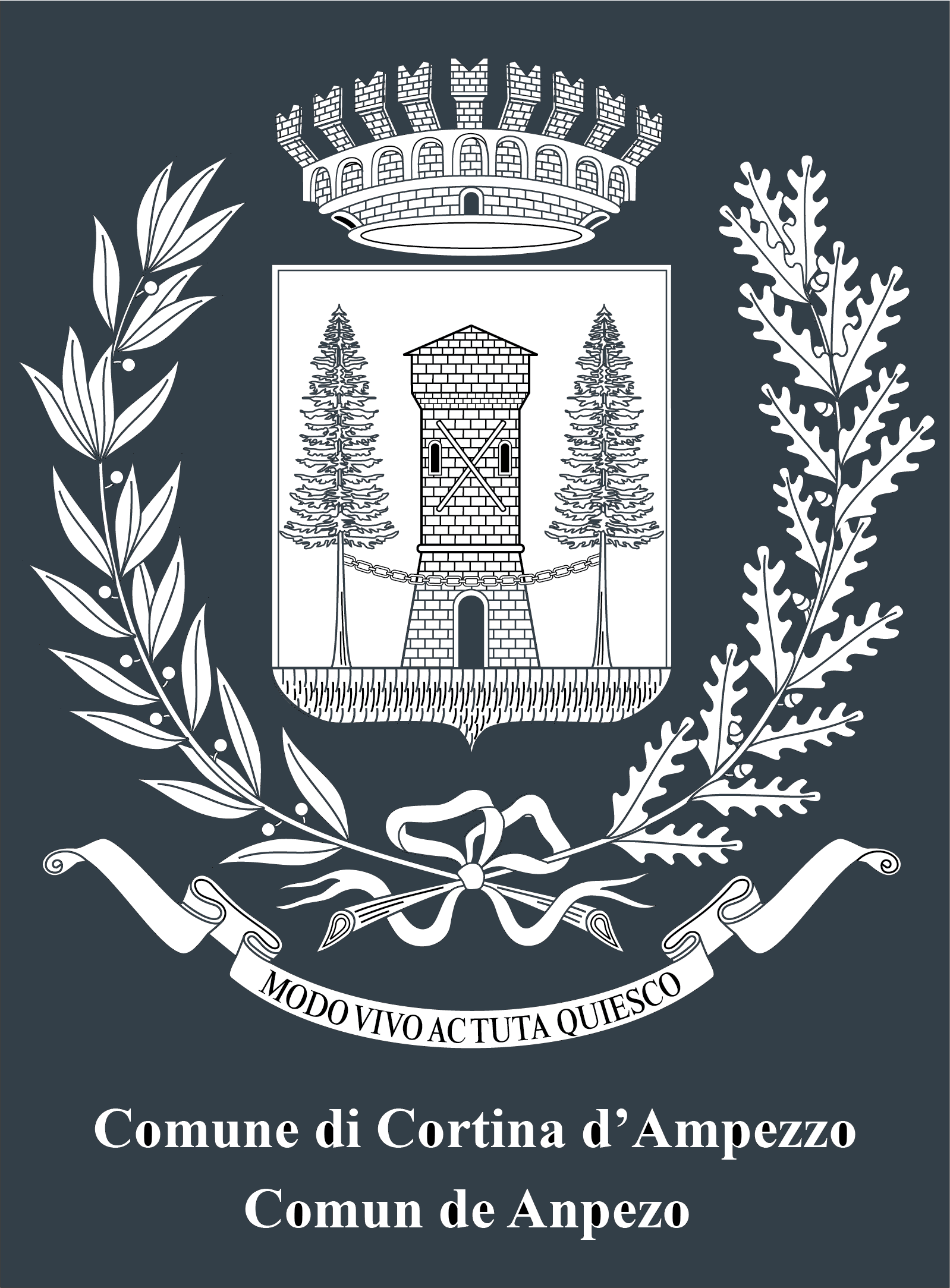TOFANE
The Tofane are one of the richest areas of intact and unexplored finds: dozens and dozens of galleries, remains of posts, barracks, artillery and fences. It is also common to come across abandoned remains.
The war up here was very hard, because the high altitude, with low temperatures both in winter and summer, made it difficult to survive except in caves and tunnels and slowed down the advance of soldiers and supplies.
The Tofane were an important natural barrier. Every rock was in fact used as a defence post thanks to its elevated position, especially in Val Travenanzes at which the Italians were aiming.
Tofana di Rozes
Here you can visit restored galleries and stations, delving into the heart of the mountain and even taking the complete tour thanks to the Lipella via ferrata. The via ferrata attack is located at the end of the mine tunnel of the famous Castelletto, a rock to the west pierced and excavated by both armies. Here the Italian mine exploded on 11 July 1916.
Another place of particular interest is the Galleria del Cannone, excavated by the Italians after the conquest of the Castelletto. The vastness of this tunnel is surprising: an underground complex with several windows and loopholes that point to the Val Costeana, the Lagazuoi and the upper Val Travenanzes. Inside there is an old cannon that was restored and then brought back with the help of a helicopter.
Forcella Fontananegra
A must stop, not difficult to reach and with many traces of the Great War. The Giussani lodge dominates the Forcella, and here you can take a break while enjoying not only traditional cuisine, but also an extraordinary view. Just below the Forcella, you can see the ruins of the Cantore Refuge, which was formerly called Rifugio Tofana and changed its name in honour of the Genoese general who was killed nearby.
The Forcella connects the Tofana di Rozes with the Tofana di Mezzo. It was first occupied by the Austro-Hungarians and, a few months later, by the Italians. Following the Italian advance, the Austro-Hungarians deployed the line along the stones and the improvised posts in Masarè trying to prevent access to Val Travenanzes.
The Masarè
Experienced hikers cannot miss a trip to the Valloncello del Masarè (or Majarè) located near the Forcella Fontananegra nestled between the three Tofane mountains. You can see the characteristic stones connected with dry stone walls, fences and artillery posts. One of these was the so-called Cubic Stone, while overlooking Val Travenanzes, the Austrians counted on the Nemesis pyramid, also known as Punta Carugati in front of the Tofana di Dentro.
This is also the start of the Scala del Minighel via ferrata, 270 iron rungs placed by the blacksmith Luigi Gilarduzzi in 1907, manager of the Wolf Glanwellhütte mountain hut. During the First World War, the Italians bent all the rungs, so as not to allow the Austrians to use them to cross the pass, but in the 1960s the Cortina Alpine Guides did their best to put them back into use while maintaining the original rungs.
Tofana di Dentro
Tofana di Dentro, also known as Tofana de Inze or Terza, is perfect for hikes or via ferratas in a quiet area where you can find many relics and abandoned remains of barracks.
First of all, the Baracca degli Alpini, a foothold for hikers nestled among the rocks at 2,992 m on the northeastern ridge, is a restored war shelter, originally built by Italian troops already in the early stages of the Great War in the Dolomites. It was inaugurated in 1982 by the will of the management company Tofana – Freccia nel Cielo and is now an excellent bivouac for hikers.
Along the via ferrata that leads to the Tofana di Dentro, it is possible to visit the Grotta della Mitragliatrice, an Italian location that focused on the enemy deployment based in Val Travenanzes.
On the ridge that descends to Forcella Fontananegra from the saddle between Cima Tofana and Tofana di Dentro, there is the Carugati Post, named after the lieutenant who came down from the Tofana di Dentro to occupy the outpost. He then also gave the name to Punta Carugati (2,755 m), visible just below, also known as Punta Nemesis: a pyramidal tower from which the Masarè valley starts.
Hiking between history and legend
Sotecordes hike
Medium
- Time:
- Length:
- Altitude:
Olympic Hike
Medium
- Time:
- Length:
- Altitude:
Chamois Trail
Medium
- Time:
- Length:
- Altitude:
To Rifugio Giussani
Medium
- Time:
- Length:
- Altitude:
To Lago Ghedina
Easy
- Time:
- Length:
- Altitude:
Via ferratas through history
Via ferrata Scala del Minighel
- Difficulty:
- Time:
- Altitude difference:
- Altitude:
Via ferrata Ra Pegna
- Difficulty:
- Time:
- Altitude difference:
- Altitude:
Astaldi equipped trail
- Difficulty:
- Time:
- Altitude difference:
- Altitude:
Via ferrata Gianni Aglio
- Difficulty:
- Time:
- Altitude difference:
- Altitude:
Via ferrata Ra Bujela
- Difficulty:
- Time:
- Altitude difference:
- Altitude:
Via ferrata Olivieri to Punta Anna
- Difficulty:
- Time:
- Altitude difference:
- Altitude:
Via Ferrata Lipella – Tofana di Rozes
- Difficulty:
- Time:
- Altitude difference:
- Altitude:
Via ferrata Formenton – Tofana di Dentro
- Difficulty:
- Time:
- Altitude difference:
- Altitude:





